

2004 WVDNR Cooperative and Research Grants AnnouncedThe Wildlife Diversity Program is pleased to announce the 2004 grant recipients of the Cooperative and Research Grants Program. This program provides an opportunity for researchers and educators to conduct a variety of projects on West Virginia's plants, animals and natural communities. Funding for equipment, travel expenses and other aspects of these projects have been provided by the DNR, and in turn valuable data is gathered to help better understand our state's natural resources. While the number of proposals was down this year, the projects chosen are of high quality and the DNR looks forward to working with this year's grant recipients. For the upcoming year, over $39,000 was awarded to the Cooperative and Research projects listed below.
In order to educate the public about gardening with native species, staff at Davis and Elkins College in Elkins will plant three areas along a well-used pathway with native perennials. Labels will be made for the newly planted species and any existing native trees along the pathway as well. Instructional brochures with maps will be available to the general public and groups for self-guided tours as part of the Education, Biology and Environmental Science departments of D&E College. This project should increase awareness of the importance of using native species and provide assistance to anyone who is interested in planting a native garden.
The Allegheny woodrat , or packrat, has exhibited declines throughout its range and is considered a species of concern here in West Virginia. Researchers at WVU have dedicated over six years to this project. These types of long-term studies provide valuable biological information that may not be acquired after one or two seasons of work. Besides valuable natural history data, genetic analysis is being conducted to better understand woodrat movements and dispersal patterns. The data provided at the completion of this project will help us to conserve woodrat populations at Coopers Rock and other areas in the state.
The Shenandoah Mountain salamander is found only in very few, small areas of West Virginia and Virginia. After genetic analysis, this species was split from the Valley and Ridge salamander and was described as a new species in 1999. Since very little is known about its biology or natural history, all types of data are needed for this salamander. Researchers at Marshall will describe the natural history and delineate the range of the species.
The Upland chorus frog is a small frog species that appears to be declining in some areas of West Virginia. Healthy populations once found in Monroe and Greenbrier counties have not been detected in recent years. This study will compare those sites to sites with existing frogs, to determine the reasons why this species is no longer found in the southern part of the state. Other important natural history data will be collected on all existing populations of the upland chorus frog.
This project will involve detailed sampling of natural upland and wetland communities of the Short Mountain WMA. The study area includes a self-contained basin with one of the most extensive beaver-influenced wetland complexes in the Ridge and Valley Region of the state. The surrounding upland slopes and ridges, derived from acidic geologic formations, support oak and pine dominated forests. The classification will be based on quantitative floristic and environmental data. Populations of rare plants will also be documented. This study will provide an important contribution for development of a state vegetation classification as very little data is currently available from these ecosystems.
The hognose snake is a unique animal that seems to be declining in West Virginia. To date, there have been no natural history studies conducted on this species in West Virginia. Researchers at Marshall will begin a study focusing on the snake's natural history by studying its diet, reproductive biology, behavior, and habitat. Radio telemetry will be used to determine detailed habitat information, movements and den ecology. Also, known sites will be searched to determine the presence of this species along with any new potential sites to better understand hognose snake distribution in West Virginia. For more information: The Cooperative Projects program provides grants on a competitive basis for innovative projects ranging from habitat improvement to the publication of books. Projects must benefit nongame wildlife or botanical resources in West Virginia and incorporate some aspect of education, research, habitat management, conservation, species protection or a combination of the above. Any organized club or organization in West Virginia; persons affiliated with education facilities; industry, research, or other profit or non-profit organization; government agencies; and private individuals are eligible to submit proposals. The Research Projects program provides grants on a competitive basis for any innovative research project that benefits the state's nongame fauna and flora. Although all research proposals will be considered, priority will be given to projects that address the population status or natural history of species in need of study in West Virginia. All formally organized private colleges, universities, or qualified individual researchers are eligible to submit proposals. The deadline for proposal submission is October 1 . For application booklets, contact: Education Grants Coordinator, WVDNR, P.O. Box 67, Elkins , WV 26241, Email: joycutright@wvdnr.gov , or log on to: www.wvdnr.gov .
|
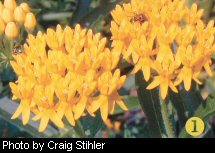 1.
1.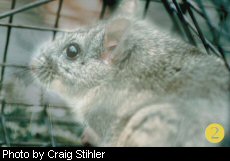 2.
2. 3.
3.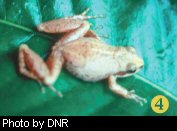 4.
4. 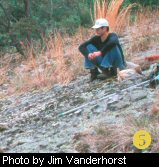 5.
5.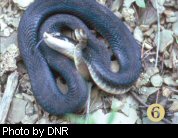 6.
6.